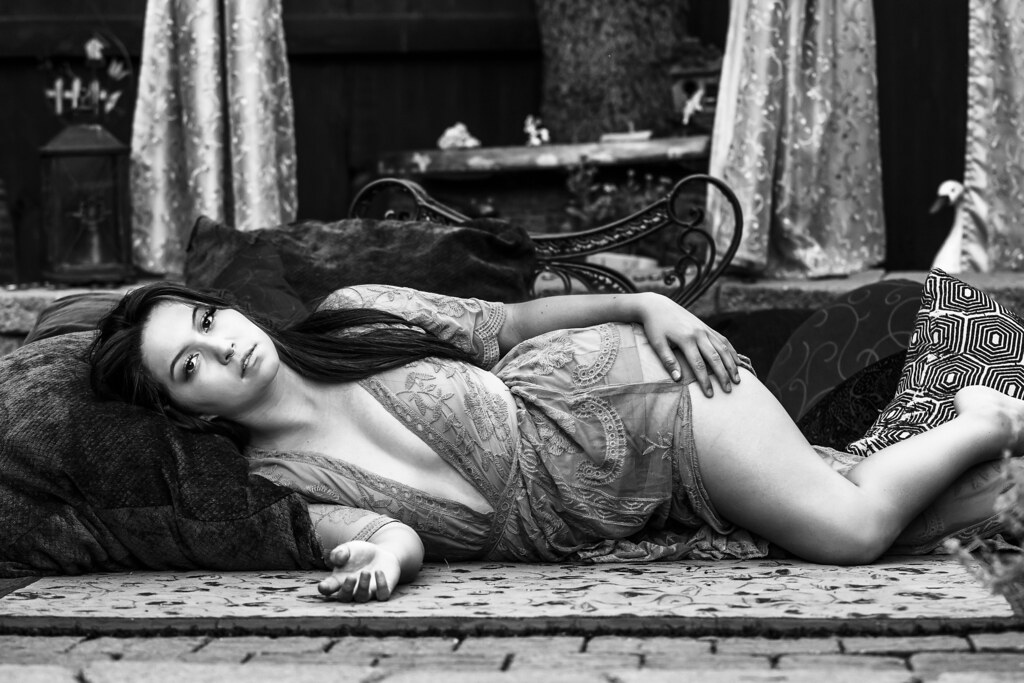In Indonesia, lavish marriage ceremonies are frequent to witness. Typically, it is done to flaunt one's reputation, money, and social position. It's also a way to show respect to your relatives and your mothers.
The parents of the bride and groom typically oversee the beautiful Indonesian celebrations in the past. They are in charge of picking the marriage location, setting up the offers, and feeding the visitors. Typically, the bride ceremony is performed in front of relatives, friends, and coworkers. It is customary for the brides to get presents from their visitors.

Gifts given can include everything from costly necklaces and cars to everyday items. These presents are typically opened by the few during the reception. However, given that many of the guests are related to the bride and groom indonesian cupid, there may be some errors in the items given. It is common for a sizable marriage to have 20 mixers, 10 toasters, and 15 grinders.
Indonesian Muslim celebrations are full of vibrant shades and ornate decorations in addition to conventional dance. They frequently make spiritual allusions and draw inspiration from Javanese and Majapahit empires' long-gone customs. Also among Indonesia's contemporary Muslim populations, these customs are well-liked.
It is acceptable for people to attend an Indonesian wedding festival without first receiving an established offer, unlike in some other nations. This is due to the fact that a bridal is regarded as an important career occasion and that inviting people to join them in their celebration shows respect and appreciation.
For those who are unfamiliar with Indonesian culture, a typical Indonesian wedding ceremony starts with a" seserahan" ritual where the bride and groom exchange gifts with their closest family members and friends. A spiritual meeting that includes praying, reading the Koran, and exchanging bands is held after this. The partners did finally host a lavish reception and share their initial meal jointly as newlyweds.
Ondel-ondel performances, which were once used to ward off evil spirits but have since been transformed into street enjoyment, are another distinctive aspect of Indonesian weddings. Men commonly perform this party while dressed in attire that resembles the owl-ondel face. This show is also referred to as the rainwater dancing or penghinaan angin.
In Northern Borneo, the Dayak Iban clan has a unique custom for their nuptials. The grooms-to-be has manifest a white linen to the bride during this ceremony. The pleasure of the marriage in the future is said to depend on this marriage. In the ceremony, there is also an ondel dance.
Traditional weddings in various parts of Indonesia typically involve a parade of bride and groom holding arms. It is referred to as a "kanten asto." It is also frequently seen in the pondong and kanten asto ceremonies, which are held by both the nobles and the general populace. The bride and groom likely then kiss on the knees of one another. This serves as a reminder of their parents ' trust in their ability to provide for them.
